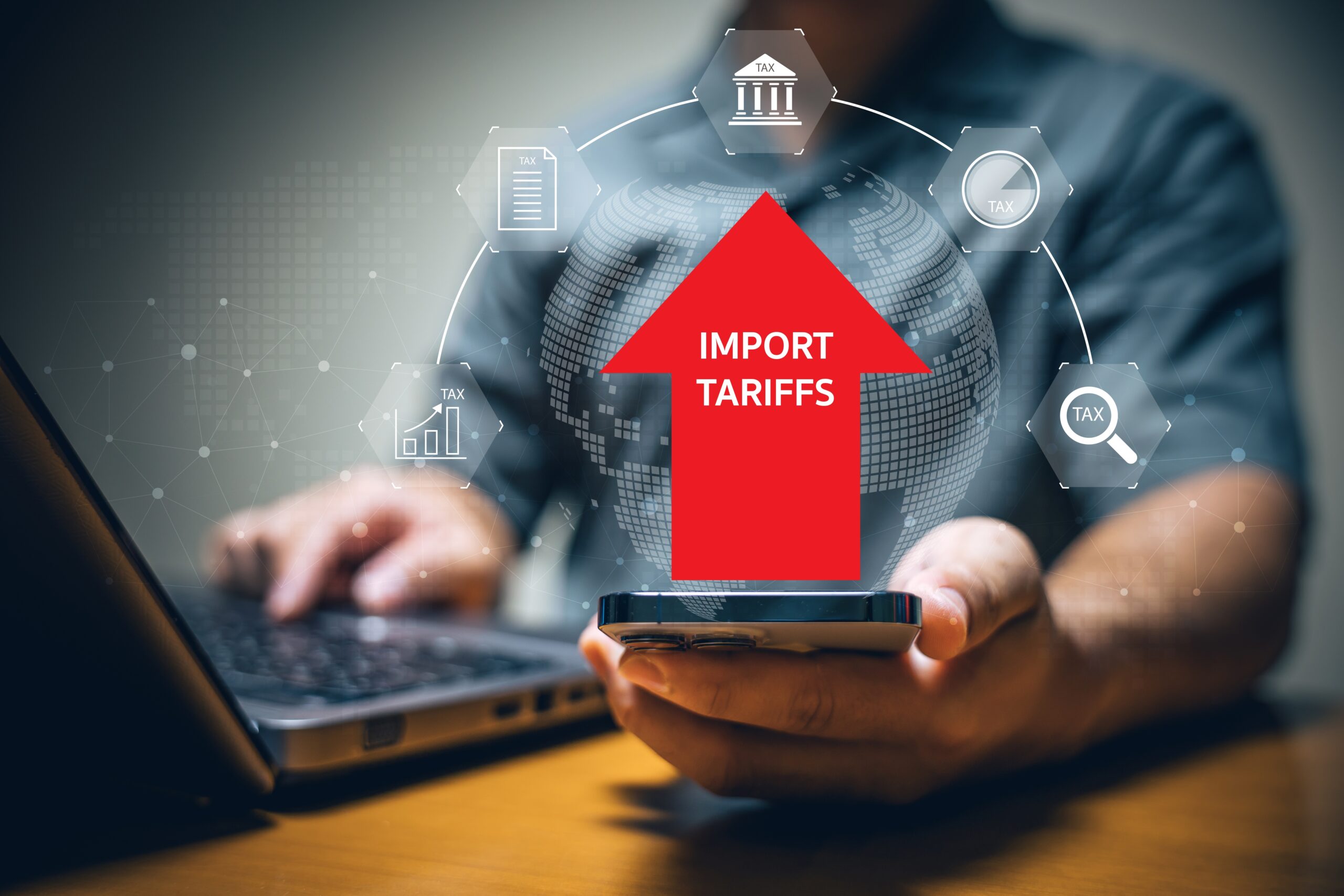
U.S. container imports fell 6.6 percent in September from a year earlier, signaling the start of a deeper and more sustained downturn in maritime trade as tariff pressures and supply chain changes take hold.
Also Read: US imports drop 8.4% as Chinese trade shrinks ahead of tariff deadline
The top 10 U.S. ports saw their sharpest declines since early 2024, following a modest 0.2 percent increase in August and 3.2 percent in July — months boosted by importers’ rush to pass new tariff deadlines, according to industry analyst John McCown. It had declined in previous months, with volumes down 8.3 percent in June and 6.6 percent in May.
“The volume of imports into the United States next year will show a steady and sharper decline than last year if there are no changes to current tariffs,” McCown warned.
A temporary cushion came from a grace period that allowed goods at sea before Aug. 7 to enter U.S. ports duty-free if they arrived in U.S. ports by Oct. 5. The exception eased the impact in late summer, particularly for long-haul shipments from Asia to the East Coast.
Global supply chains are rapidly being rewired
McCown noted that companies are moving faster than expected to rebuild supply networks in response to the U.S. tariff hike.
“If a manufacturing site was previously unattractive because of the 10 percent higher costs, suddenly it looks attractive if it avoids the 25 percent tariffs,” he said.
This reset is reflected in the global container data. While U.S. inbound traffic eases, worldwide container volumes hit record highs for two straight months through August. Exports from the Far East rose 4.6 percent year-on-year, with strong import growth in Africa, the Middle East, India and Europe in stark contrast to weakening US demand.
The next two digits will decrease
After a 15.2 percent increase in 2024, the National Retail Federation now expects U.S. inbound container volumes to fall 3.4 percent in 2025, after falling nearly 16 percent in the final four months of the year compared to 2024.
The Port of Los Angeles posted a 7.6 percent decline in September — slightly better than its manager’s forecast of 10 percent — while CTS data showed a 9.9 percent drop in total North American imports in August.
Fallout tariffs and fees
The latest slowdown comes even as retaliatory tariffs on Chinese goods have been suspended until mid-November. However, President Donald Trump has threatened to impose a new 100 percent tariff on Chinese imports, raising concerns for a market where China is the main source of incoming US containers.
Adding to the confusion, the US Trade Representative’s vessel fee plan, targeting vessels built or operated by China, went into effect on October 14. Beijing quickly retaliated with matching port charges on US-linked vessels. While few U.S.-built vessels are directly affected, the 25 percent U.S.-owned companies clause could significantly increase those consequences if implemented carefully.
“The sheer number and complexity of tariffs is a growing problem,” McCown said. “This affects liquidity at terminals and in individual supply chains.”
The transformed business landscape
As manufacturers and logistics operators adjust, the United States appears to be entering a prolonged phase of trade contraction and supply chain diversification. With container flows diverted to other global markets and tariff increases looming, analysts warn that next year could signal a decisive realignment in how and where goods move around the world.